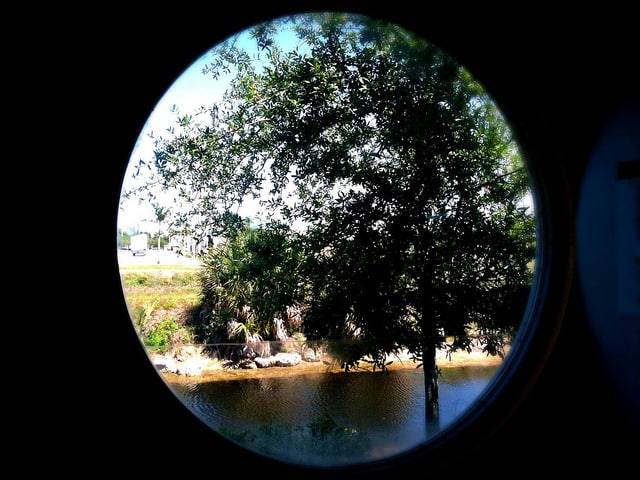In middle school and high school, I heartily looked forward to science classes each day. They were a chance to ‘experiment’ – to play, test, follow curiosity – and yet, somehow, through this, learn. What a radical idea: the combination of natural interest and discovery and education! But all sarcasm aside, teachers are testing more ways to make learning fun, memorable, and meaningful. Labs need not be limited to a science classroom. Indeed, flipped learning as a strategy for any class attempts to take advantage of technology to give students the best of both worlds: interesting lessons and non-drudgery homework in the form of class ‘explorations’ or other active learning strategies. There is huge potential in using technology for this purpose, and as teachers, we can continue to learn by trial and error, using our imaginations (and the scope of the internet) to craft new lesson sequences and see what is effective.
Here is my attempt at creating such a lesson for a high school trigonometry or Pre-Calculus class learning about the Unit Circle.
Learning Objective
Students will be able to label the Unit Circle on their own, using intuition. They will be able to identify the patterns that the trig functions follow. Furthermore, they will be able to explain how we derive trig values from special triangles on a circle of unit radius. Finally, when given a major angle measure, they will be able to return the corresponding sine, cosine, and tangent values, or vice versa, given trig values to match with angle measures.
Digital Resources for Flipped Elements
This lesson will work off of Bloom’s Taxonomy. Students will begin with “homework” to do the lowest level of thinking to memorize the basic values of the unit circle. They will have at their disposal multiple tech tools to do this, as students learn in a variety of ways.
Visual learners might want to utilize these programs on Desmos and Geogebra, which help students to connect the dots between shapes/spaces and trig values.


Students more inclined to numerical or algebraical thinking might want to use a chart (especially an interactive one like this), which shows patterns among trig values to ease memorization.

The objective of this beginning stage is to gain comfort with the idea of radians, triangles inscribed in a circle, and the connection between angles and trig values. At this point, students should develop a base knowledge of trig values in relation to certain radian measures, but I would not expect them to understand the significance of these values.
Active Learning Strategies – Interactive, Collaborative, Digging Deep
The next part of the blended lesson is the in-class work, which here will consist of active student participation in a “lab” to get to the root of the importance of the unit circle. Students would work in groups, following a lab procedure that would lead them through activities looking at recognizing and questioning the qualities of the circle. At sporadic points throughout the lab, I might draw the class together to make important points or to give them hints on how to proceed, but their background knowledge should give them the foundation to proceed more or less independently. Finally, at the end, we would come together as a class to review our findings and discuss how this new material will benefit us in the coming unit.
How Will the Lesson Flow?
Using a flipped lesson sequence frees up time to focus on deeping students’ learning in class. By intentionally guiding students’ focus from basic to more advance studies of the circle, my hope is that they will not feel overwhelmed by the unit circle and instead give each aspect of it its due diligence and attention; ultimately, this should pay off in gaining both a general knowledge and a more application-based ability concerning the unit circle.
Why Use the Blended Model for this Lesson?
The goal of this lesson is for students to develop an intuitive understanding of the unit circle in order to be fully prepared to deal with all things trig-related in the following units. The unit circle is hugely important and often not covered in due depth. It may seem that math teachers’ insistence on knowing by heart the values on the unit circle is overboard, but really – they are not deceiving you in telling you that knowing this material like the back of your hand will pay you back several fold as you continue in math. More critical even than memorizing the values of the circle and a much more thorough way of learning the circle, in fact – is being able to derive these values. From what do they stem? How are radians related to measures of a circle? How are trig functions tied to coordinate points? How do we convert between trig functions, or even undo trig functions with inverses? These are the deeper questions that students should be able to answer.
Featured image: Bob B. Brown

